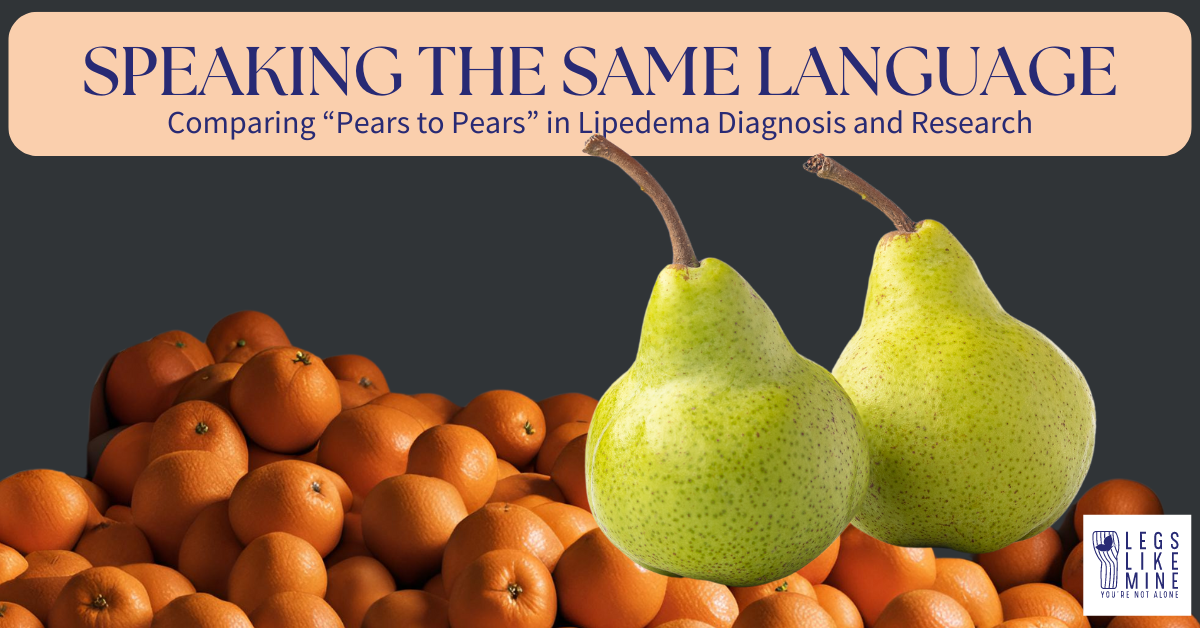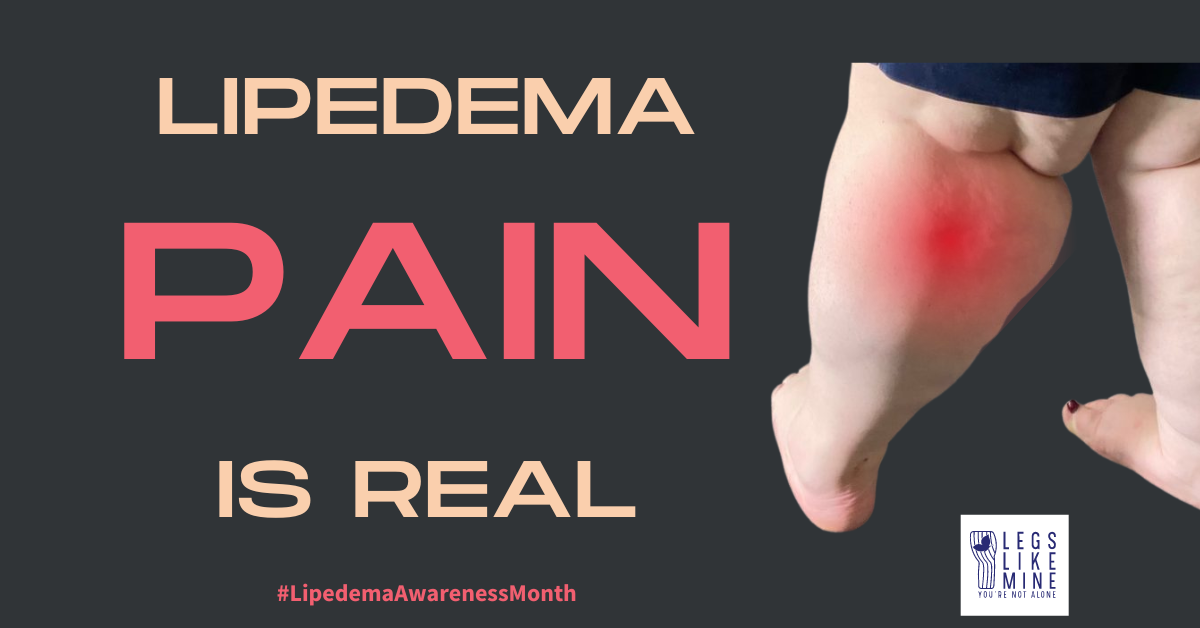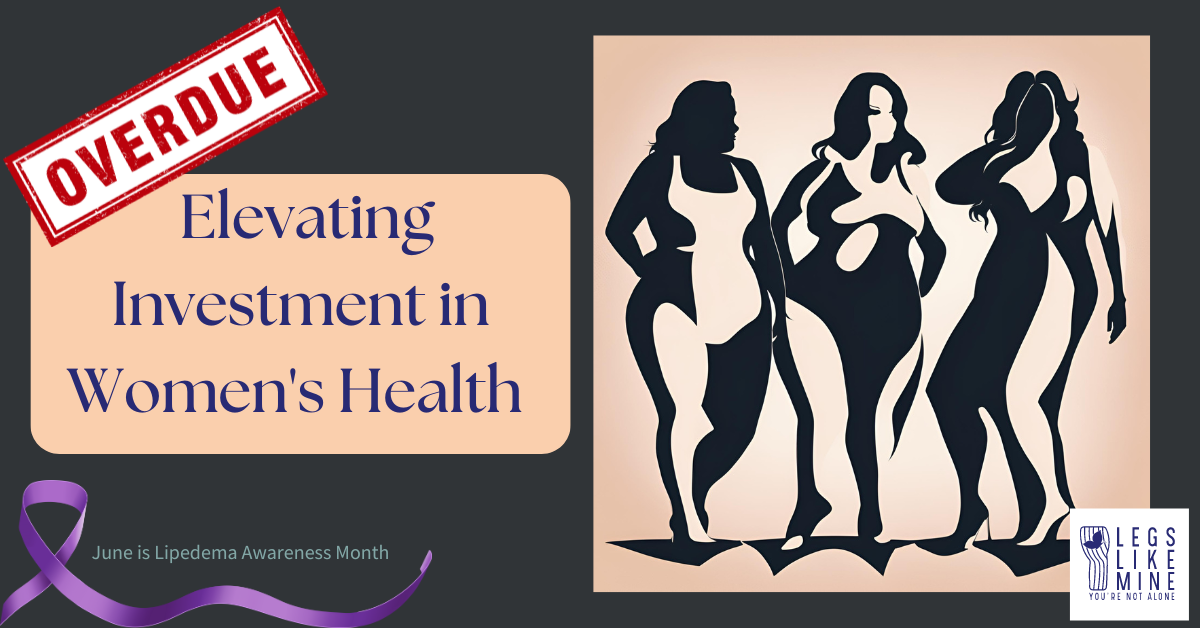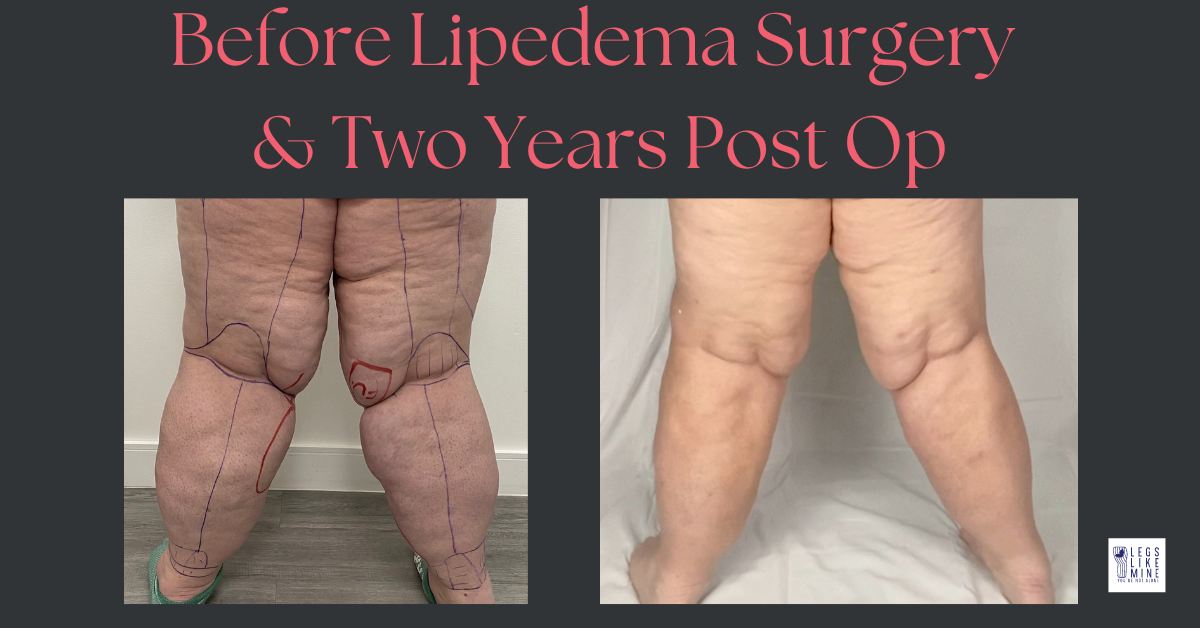Hi Friends,
Like many of you, I experience fatigue as one of the most prevalent symptoms that go along with lipedema. It’s overwhelming sometimes, and I find myself napping more frequently than I’d like to be as effective as I want. How to combat fatigue with lipedema isn’t often discussed other than the suggestion that, yes, we do need to rest frequently. But is there anything else we can do?
I decided to do a literature review to see if there are any studies on fatigue and what causes it. I discovered a study that found a biomarker for fatigue. (This study is cited at the bottom of this blog.) Basically, this study showed that fatigue can be marked by a low amount of something called eicosapentaenoate (EPA) ω-3 fatty acid in their bodies. Wouldn’t that be crazy if we could be more alert by just ADDING foods to our diets? If that’s the case, I. Am. In! I like this approach because unless you have an allergy to one of these foods, the suggestions are low cost, and harmless. I’m definitely picking one or two items on the list and trying this out.
So I then did some research on how we can get more EPA Fatty Acids in our bodies with nutrition.
I’d like to note that many of these recommendations are actually incorporated in the body of research-based recommendations in the Lymphedema and Lipedema Nutrition Guide as well.
Here are recommendations to get more omege-3 acids (and hopefully, reduce fatigue):
According to a search in Open AI, “To increase your intake of EPA (eicosapentaenoic acid), an omega-3 fatty acid, in your diet, you can incorporate the following foods:
- Fatty fish: Fatty fish such as salmon, mackerel, sardines, trout, and tuna are excellent sources of EPA. Aim to include these fish in your diet at least twice a week to boost your omega-3 intake.
- Algal oil: Algal oil is derived from algae and is an excellent plant-based source of EPA. It is often available as a supplement and can be a suitable option for vegetarians and vegans.
- Fish oil supplements: Fish oil supplements are widely available and can be an easy way to increase your EPA intake. Look for supplements specifically labeled as high in EPA content.
- Shellfish: Certain shellfish like oysters and mussels contain EPA, although in smaller amounts compared to fatty fish. Including them in your diet occasionally can contribute to your overall omega-3 intake.
- Chia seeds and flaxseeds: While chia seeds and flaxseeds are not direct sources of EPA, they contain another type of omega-3 called alpha-linolenic acid (ALA). Your body can convert ALA into EPA to some extent. Including these seeds in your diet can be beneficial for increasing omega-3s overall.
- Hemp seeds and hempseed oil: Hemp seeds and hempseed oil also contain ALA, which can be converted to EPA in the body. Adding hemp seeds or hempseed oil to your meals or snacks can contribute to your omega-3 intake.
- Fortified foods: Some food products, such as certain types of milk, yogurt, eggs, and plant-based alternatives, are fortified with omega-3 fatty acids, including EPA. Check product labels to see if they contain added omega-3s.
- Leafy green vegetables: While leafy green vegetables like spinach, kale, and Brussels sprouts do not contain EPA directly, they can support overall omega-3 metabolism and provide other health benefits. Include these vegetables in your diet for their valuable nutrients.
- Walnuts: Walnuts are a plant-based source of ALA and also offer other health benefits. Snacking on walnuts or incorporating them into meals can contribute to your omega-3 intake.
- Grass-fed meat and dairy products: Animals that are fed a diet rich in omega-3s, such as grass-fed cows, produce meat and dairy products that contain slightly higher amounts of EPA compared to conventionally raised animals.
Remember, it’s always a good idea to consult with a healthcare professional or registered dietitian who can provide personalized guidance on incorporating EPA-rich foods into your diet.”
Sources:
Freidin MB, Wells HRR, Potter T, Livshits G, Menni C, Williams FMK. Metabolomic markers of fatigue: Association between circulating metabolome and fatigue in women with chronic widespread pain. Biochim Biophys Acta Mol Basis Dis. 2018 Feb;1864(2):601-606. doi: 10.1016/j.bbadis.2017.11.025. Epub 2017 Dec 2. PMID: 29197660; PMCID: PMC5764223.
OpenAI. “how can i get more (EPA) ω-3 fatty acid in my diet.” ChatGPT (2023). Retrieved from https://www.chatgpt.com
Contains paid ad. As an Amazon Associate, I may receive commissions on sales.











